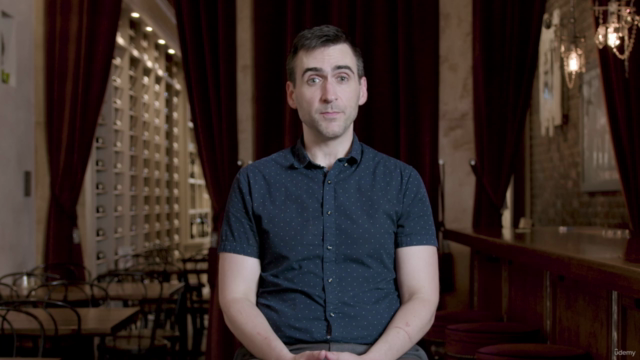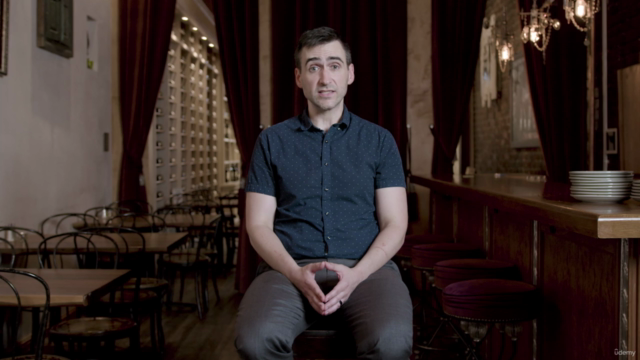Food Safety: HACCP Hazard Analysis Critical Control Point
Learn All About HACCP And How To Build The HACCP From Scratch For Your Own Organization Utilizing ISO 22000:2018
4.57 (481 reviews)

1,633
students
3.5 hours
content
Jan 2023
last update
$69.99
regular price
What you will learn
Introduction To HACCP
Types of Food Safety Hazards
Assemble The HACCP Team
Describe The Product
Describe The Intended Use And Consumers
Create and Verify The Flow Diagram
Conduct Hazard Analysis
Establish Critical Limits
Establish Corrective Actions
Establish Verification Procedures
Establish Record Keeping and Documentation Procedures
Screenshots




Related Topics
4893250
udemy ID
9/21/2022
course created date
9/26/2022
course indexed date
Bot
course submited by